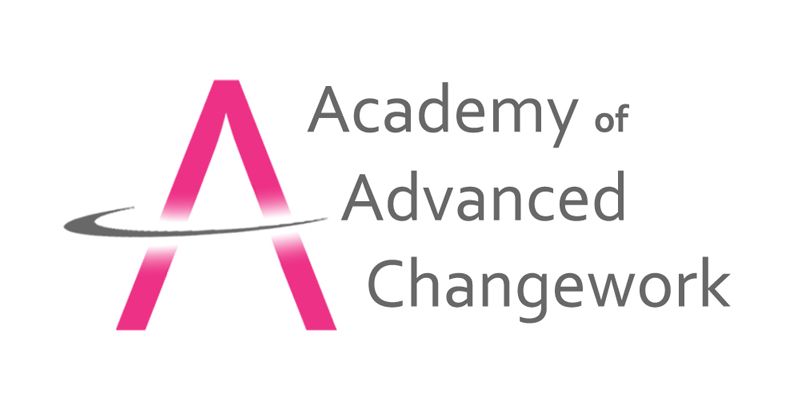
What to do when a client seems too deep in trance to engage with a therapist.
It's every student's and newly qualified's worst concern, guiding someone into a very deep place, only to not be able to return them at their signal. "I think my client fell asleep" is what many a student, and novice hypnotherapist, typically advises during supervision, "I didn't know what to do, what should I have done?!".
The common myth in hypnotherapy is that therapists don't converse with their clients, they simply talk at them! This may be true for many, but it needn't be that way, and indeed there are some very good reasons why we do engage our clients in conversation during the hypnotherapy. After all, it is one of the oldest psychotherapies around!
Engaging the (conscious and subconscious) mind simultaneously and in different ways, enables us to utilise insight and resources, find different or greater meaning, gain clarity and facilitate reframes, or ask effective questions to facilitate change. We're able to use that insight to solve problems and engage in meaningful imagery and process thoughts, feelings and emotions at a deeper level.
Sharing those insights and processes with a therapist can help the client to progress in overcoming their issues and changing aspects of their behaviour. It also enables the therapist to gain access to things that are typically well hidden from outside observers, and sometimes the client's consciousness. Integrating both conscious and subconscious processes can make for very enlightening and powerful therapy.
So we know there are great benefits gained in conversing with our clients during hypnotherapy, but what do we do when a client has gone too deep in trance to converse with us on their processes and insights?
There are a few things we can do which prevent us from reaching those awkward moments at the end of a session when we have to finish up and the client has nowhere to go anytime time soon! Or worse still, the client resents our perceived 'unhelpful interruptions' during trance!
At the initial assessment, and before inducing trance for the first time, we can educate our clients on what happens or could happen during the hypnotherapy. If a client is well informed about what we do as therapists and why we do it, they are in a better position to respond favourably when the time arises.
If we have forgotten to do this, fear not, there are easy ways to lighten a client from trance should we need, or want, to engage them during, or at the end of, a session.
We can lighten a trance in the same way as we deepen a trance, by simply reversing the process with hypnotic suggestions for lightening, rather than deepening. For example, "as I count from one to five you will feel your trance lightening, and be able to easily respond to my questions".
If we are closely observing the signs of trance as we go along, we can also more easily know when a client has reached an ideal point to do what we need to do with them, so we can prevent them from going too deep in the first place.
We can speak louder, repeat ourselves, or get an ideomotor response ("raise your yes finger if you can hear me") from the client to assess that they haven't fallen asleep, and indeed, there is someone there listening, even if it's deep in the subconscious.
If a session needs to come to its the conclusion and we need to disengage a client from trance at a faster pace, we simply advise of a slight touch on the elbow with accompanying hypnotic suggestions such as "as I touch your elbow you'll find yourself refreshed, alert, and ready to enjoy the rest of your day".
It's never precious and always a privilege that a client engages with us consciously during trance (i.e, talking to us), and we need to respect a client's need to keep their internal workings private. It's often worth continuing to ask questions of the client though, despite not receiving any feedback, and having confidence that at some level those questions are getting answered even if not verbally.
We also need to reflect on whether sharing material could remove our clients from the experiential effect of their own special moments/connections with themselves (for example, during emotional moments). A few gentle nudges in the right direction, are typically enough to know the difference, and clients will typically make their wishes known, sometimes with their silence.






